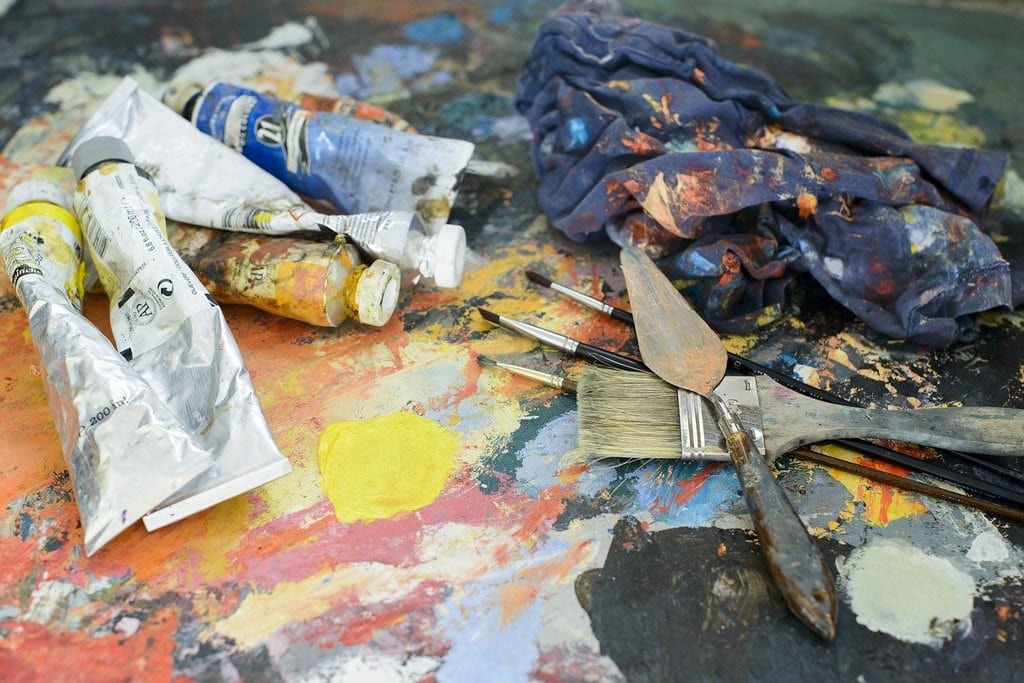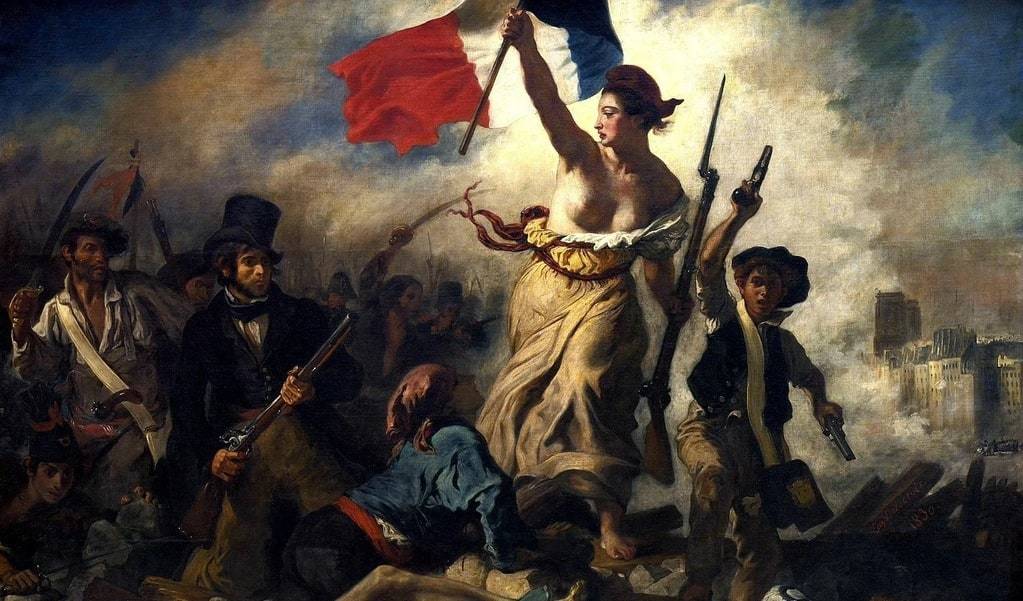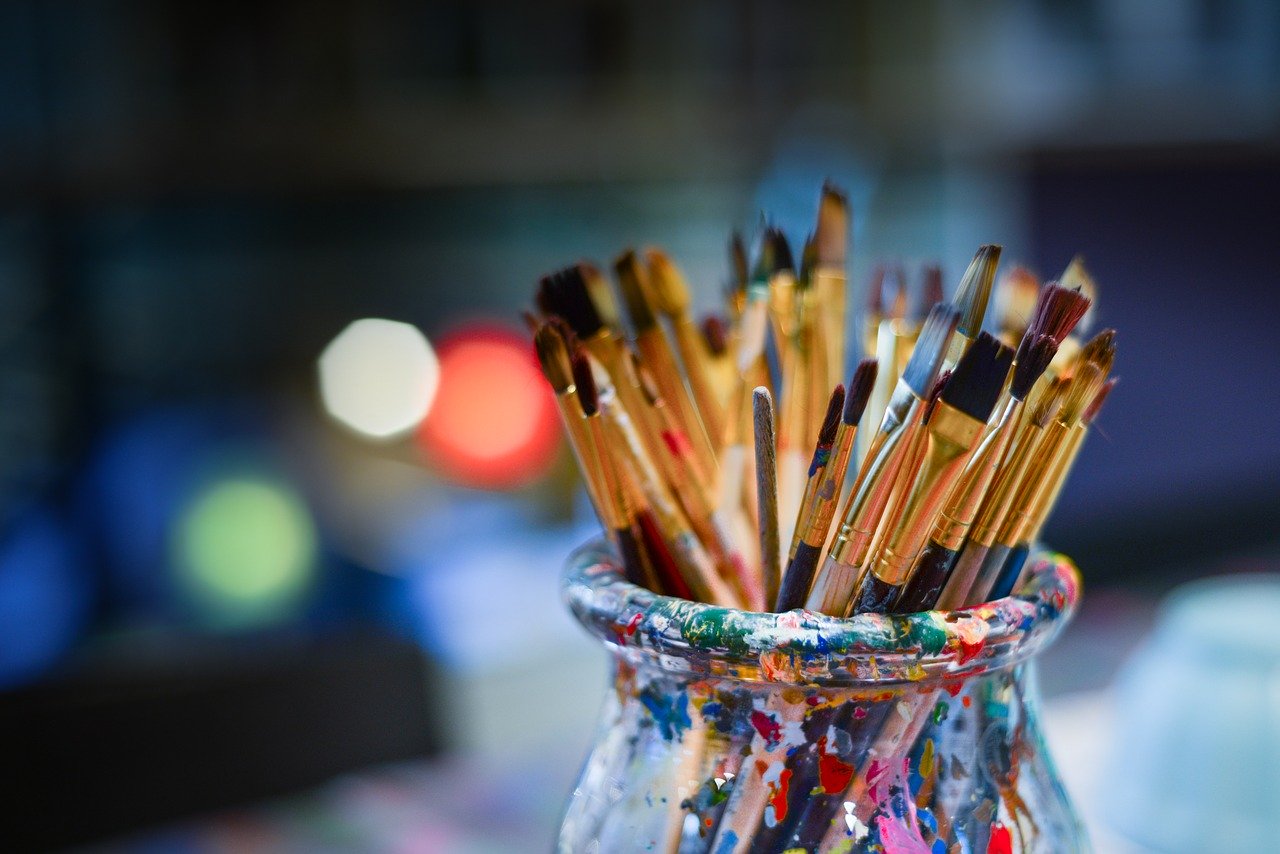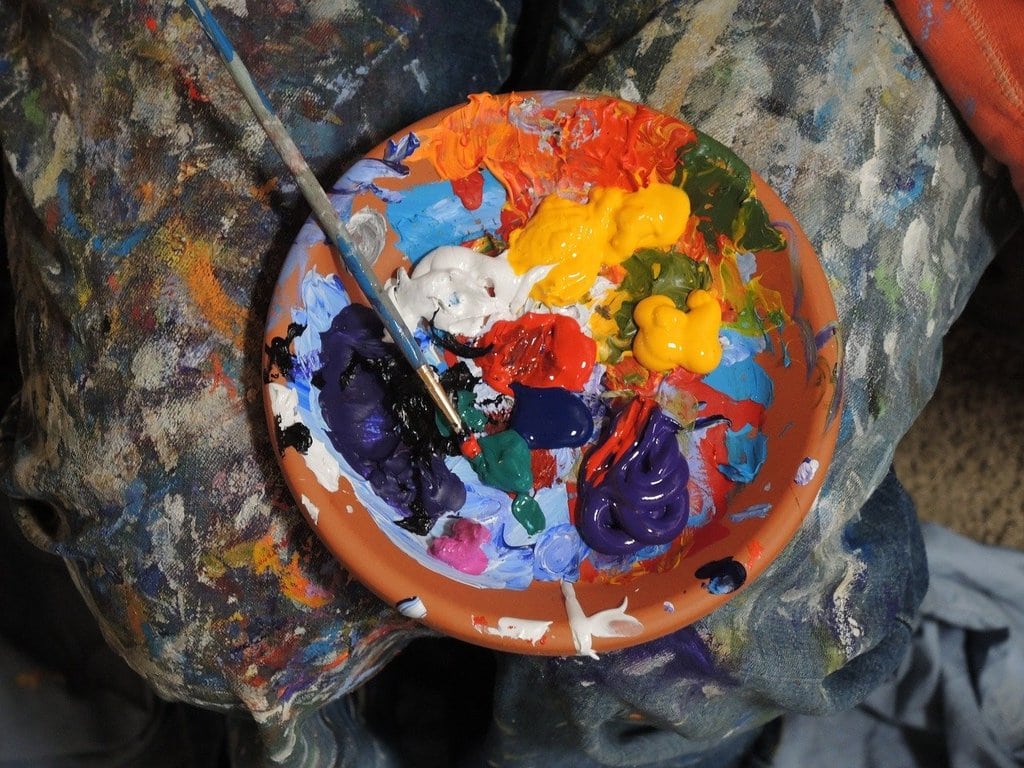Art and human rights: A fight for expression
Art has long been a powerful medium for expressing the complexities of human existence, and nowhere is this more evident than in its relationship with human rights. From the earliest cave paintings to contemporary digital works, art has consistently served as a voice for the voiceless, shedding light on social injustices and advocating for the rights of individuals and communities. In many societies, artistic expression is seen not just as a form of cultural engagement but as an essential tool in the fight for human dignity and freedom. This dynamic interplay between art and human rights continues to shape the global discourse, highlighting the role of creativity in pushing boundaries and challenging oppressive systems.



